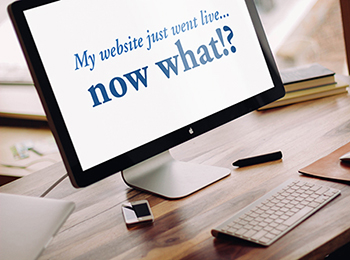With the recent accounts of multiple hack attacks against celebrities that leaked very personal photos, the question now is…
How do I keep my information on the cloud safe?
While it has been released that some of personal files were stored on the cloud (many on Apple’s iCloud), cloud users are scrambling to safeguard their information. First off, let’s look at what the cloud really is.
 In a recently released movie, there is a great line that describes our knowledge of the cloud. “It’s the cloud, no one understands the cloud!” Amy Pohler also asked these questions during a Super Bowl advertisement for Best Buy… “What’s the cloud?” “Where is the cloud?” “Are we in the cloud now?”
In a recently released movie, there is a great line that describes our knowledge of the cloud. “It’s the cloud, no one understands the cloud!” Amy Pohler also asked these questions during a Super Bowl advertisement for Best Buy… “What’s the cloud?” “Where is the cloud?” “Are we in the cloud now?”
While the cloud is a fairly new term, chances are you have been using it for years and didn’t even know it. The cloud is a network of servers that your computer interacts with. Some clouds are designed specifically for storage (Google Drive, iCloud, Dropbox) while others are designed to run applications (Evernote, Gmail). Applications that use the cloud do not need downloading which makes them very attractive to users. Instead, they are accessed through the web. If we were to summarize the cloud into a simple definition we would say, the cloud is used to store and access data over the internet compared to your computer.
While the cloud is very safe and secure, it doesn’t mean that it’s always safe from professional hackers. Here are three steps that will help to protect your digital information.
1. Select strong, unique, and complex passwords.
We highly discourage users from selecting the same password for every account. Why? If your password is easy to guess and is therefore hacked, all of your personal doors just opened. Select a different password for each account to make it impossible to reuse passwords to gain personal information. The selected password should also be more complex than simply “dog” or “cat.” Instead, mix in numbers, upper/lowercase letters, and a variety of different symbols to improve the strength. One great tip is to use phrases! A password like “ShowMetheMoney$” for your bank account or investing account is going to be a lot harder for hackers to guess than “money.” Passwords like “D*cA%6^13Utr%” are considered to be the best option. It’s also advisable to change your passwords for all accounts quarterly. Just make sure you write new passwords down!
2. Beware of attacks and phishing.
When attacks to accounts that you use are released, quickly change your password to help keep your information secure. When passwords are changed, it prevents the hackers from accessing accounts. Even if you suspect your account has been compromised, change your password. Also be aware of phishing schemes (hackers appearing as legal companies to fish for your account details) such as mail that looks like it came from a trusted company and junk mail that invites you to click on a link while they steal your account details. You should never give away account details unless you are on the company’s secure website.
3. Enable two-step protection.
This is one of our personal favorites! If someone accesses your account (even if it’s yourself) from an unauthorized computer, you will receive a text message to your phone with a verification code that must be entered before accessing your account. While it can be a little overbearing to wait for the code every time you access your email from a different computer, you will instantly know if someone is trying to access your account. While Google makes it very easy to enable two-step protection, many cloud networks offer it as well and the option can be found under the security settings.
Finally, our parting advice is, do not store anything in the cloud that you would not want posted on a billboard, just a little food for thought!
R2F Creative LLC provides graphic design + branding and web design solutions for clients nationwide and locally in Ankeny and Des Moines, Iowa.


